What are the best Pandanus Leaf substitutes?
Are you looking for a pandan leaves substitute? When it comes to substituting pandan leaves in your recipes, there are a few options to consider. Pandan leaves (also known as pandanus leaves or screwpine) have a unique sweet and floral aroma, so finding an exact match can be a bit tricky, but you can still achieve great flavors with these alternatives. They are also not readily available in general supermarkets, so it might be worthwhile having a few substitutes ready to replace them. Try using: Pandan Extract, Lemongrass, Vanilla Extract, Lime or Lemon Zest, Coconut Milk, Rosewater, Kaffir Lime Leaves, Jasmine Flower, or Cardamon Pods.
Remember, the best substitute depends on the specific recipe and the flavor you’re trying to achieve.
What is Pandanus Leaf?
Pandan leaves, often referred to as pandanus leaves, are the leaves of the pandanus plant, which is native to Southeast Asia. You can use the leaves in Asian cooking, particularly in dishes found in countries like Thailand, Indonesia, Malaysia, and Vietnam. They have a unique flavor and aroma, which is both sweet and floral.
In cooking, pandan leaves are typically used to infuse their flavor into various dishes, including rice, desserts, and beverages. Tie the leaves in a knot or cut into small pieces to help release their aroma during cooking. Pandan leaves can add a subtle sweetness and an enticing fragrance to dishes, making them a popular ingredient in Southeast Asian cuisine.
You can also use pandan leaves to add a lovely green hue to dishes as well. You extract the green color by pounding the leaves and squeezing out the juice, which you then use as a natural food coloring. These leaves are a staple in many traditional recipes and are highly valued for their unique contribution to the flavor and appearance of dishes.
Okay, before we look at your pandan leaves substitute options, let’s deal with that empty cupboard situation!
Where can I buy Pandanus Leaf?
If you want to be more prepared and ensure you don’t run out of pandanus leaf, then you should stock up now.
Nowadays, most delicatessens and general supermarkets stock a wide variety of pandanus leaf. Or if you prefer you can also purchase pandanus leaf on-line.
So why not jump on and place your order today.
STOCK UP NOW!
Natural dried Pandan Leaves. Use in cooking, or add warm water and infuse to make a natural tea.
Supplied in a resealable bag to help retain freshness.
100% natural, and vegan friendly too.
What can I substitute for Pandan Leaves?
Here are some of the best ingredients to substitute the flavor and role that pandanus leaf provides in your recipes.
- Pandan Extract
- Lemongrass
- Vanilla Extract
- Lime or Lemon Zest
- Coconut Milk
- Rosewater
- Kaffir Lime Leaves
- Jasmine Flower
- Cardamon Pods
Pandanus Leaf substitutes
Pandan Extract
If you can’t find pandan leaves you could always try using pandan extract. Pandan extract is a concentrated liquid which you get from pandanus leaves, capturing their sweet and aromatic flavor. It’s a fantastic way to incorporate the unique essence of pandanus into your dishes when you don’t have access to fresh or dried pandanus leaves.
Pandan extract can vary in strength, so start by checking the label or instructions on the bottle. Some extracts are very potent, so a little will go an awfully long way.
Always use a small amount of pandan extract to begin with. You can always add more, but you can’t take it away if you’ve used too much. A few drops are often sufficient to impart the desired flavor.
Add the pandan extract to your recipe where you would typically use pandanus leaves. This is often in the early stages of cooking, such as when you’re making rice, desserts, or drinks.
After adding the extract, taste your dish to check the intensity of the pandan flavor. If it’s not strong enough, you can add a few more drops until you achieve the desired taste.
Keep in mind that pandan extract can also add a green hue to your dishes. If the color is essential in your recipe, it’s a bonus; otherwise, you might need to consider how this affects the overall appearance.
Alway store your pandan extract in a cool, dark place, as exposure to light and heat can affect its flavor and color.
Using pandan extract as a substitute allows you to enjoy the distinct flavor of pandanus leaves in your dishes, even if you can’t find the fresh leaves.
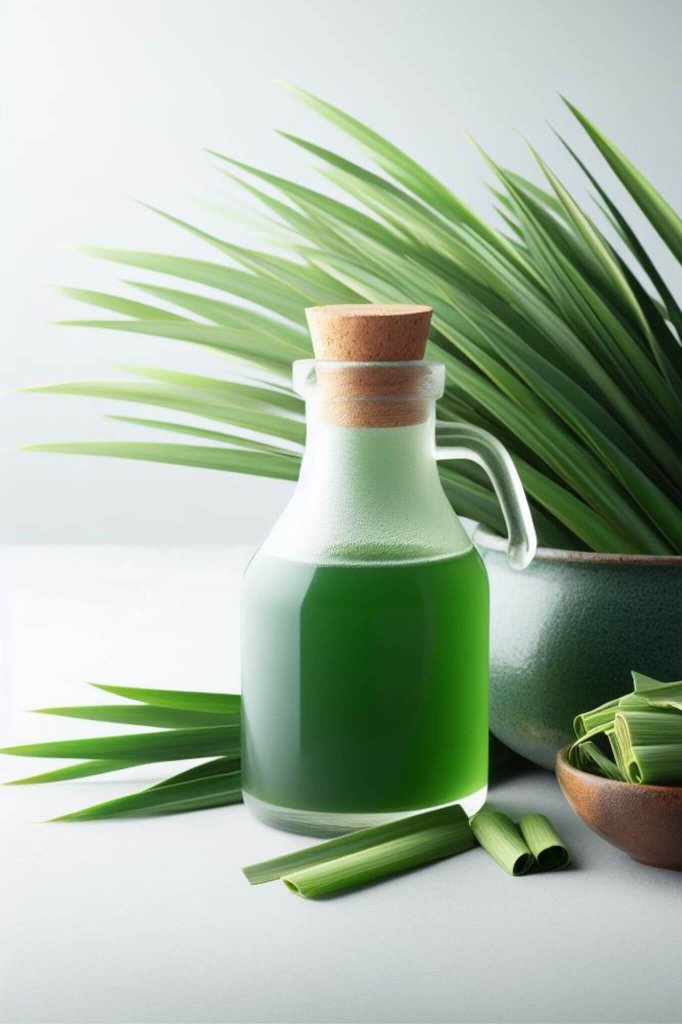
Lemongrass as Pandan Leaves substitute
Lemongrass is a fragrant and flavorful herb commonly used in Southeast Asian and other cuisines. It has a citrusy, lemon-like aroma and a subtle herbal note. While it doesn’t precisely replicate the unique sweet and floral flavors of pandanus leaves, lemongrass can be a suitable substitute, especially in dishes where the pandanus contributes a fragrant element.
Lemongrass is also available in most supermarkets and delis, so is easier to find than pandus leaves.
Start by selecting fresh lemongrass stalks. You’ll typically use the lower white part, which is the most flavorful. Always remove the tough outer layers and then finely chop or bruise the stalk.
Add the chopped or bruised lemongrass to your recipes during cooking, much like you would use pandanus leaves. Use in savory dishes, soups, and curries, especially in Asian cuisine.
If you’re using pandanus leaves for flavoring liquids like rice or desserts, you should consider using a lemongrass infusion. To do this simply simmer the chopped lemongrass in the liquid to extract its flavor. Remember to remove the lemongrass pieces before serving.
Remember that lemongrass has a strong flavor, so start with a small amount and adjust according to your preference. If you’re trying to replicate the sweet aspect of pandanus, you may need to add a touch of sugar or another sweetener to your dish.
Also, in some recipes, a combination of lemongrass and other substitute ingredients like vanilla extract or lime zest might get you closer to the overall flavor profile you’re aiming for.
Lemongrass brings a refreshing, citrusy note to your dishes and can work well in many recipes that call for pandanus leaves, particularly in savory and herbal dishes. Experiment and adapt to your taste to create unique and flavorful alternatives.
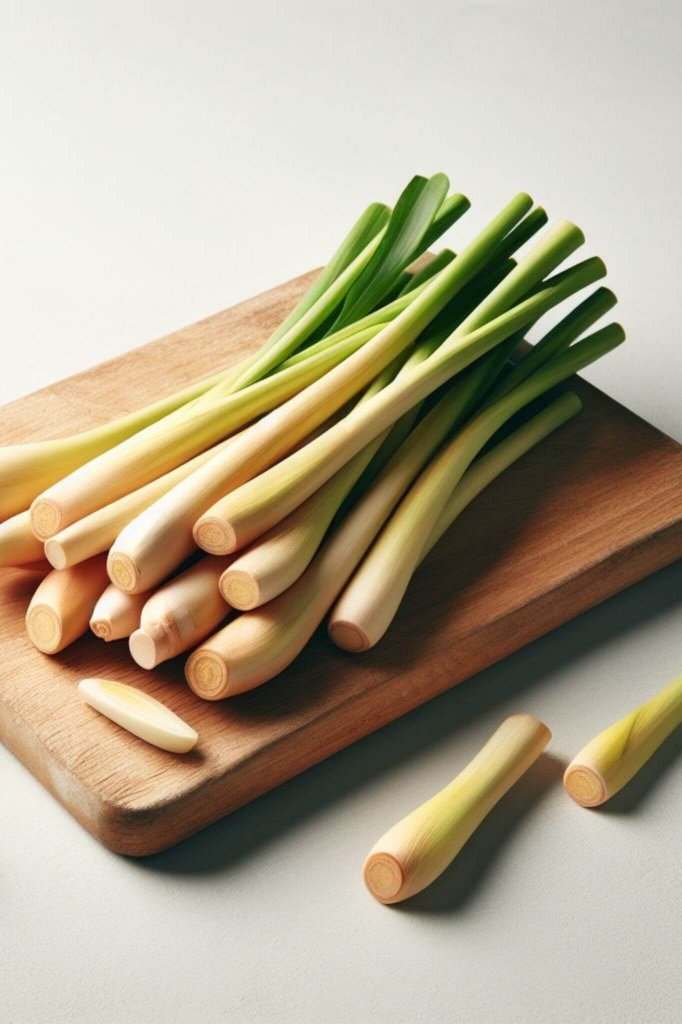
Vanilla Extract as Pandan Leaves substitute
Vanilla extract is a concentrated liquid flavoring made from vanilla beans. While you can use it to impart a sweet and rich vanilla flavor, you can also use it as a substitute for pandanus leaves in certain recipes, especially in desserts and sweet dishes.
Firstly, consider the role of pandanus leaves in your dish. If they’re providing a sweet or aromatic element, vanilla extract can be a suitable alternative.
Remember that vanilla extract is potent, so you’ll only need a small amount. Typically, start with just a few drops and adjust to taste. Remember that adding too much can overpower the dish with a strong vanilla flavor.
Just add the vanilla extract to your recipe where you would have used pandanus leaves. For example, in desserts like custards, puddings, or ice creams, or in sweet rice dishes.
Vanilla extract, on its own, won’t replicate the unique pandanus flavor. If pandanus provides a slightly floral note, you might consider adding a touch of rosewater or another floral essence to enhance the complexity of the flavor.
Add the vanilla extract in small amounts. Always taste as you go along to ensure the flavor is balanced. You can always add more if needed.
And remember that vanilla extract can darken the color of your dish, whereas pandanus leaves might add a green hue. If the color is essential, you might need to consider this adjustment.
Vanilla extract can bring a delightful sweetness and depth to your recipes, making it a great substitute when pandanus leaves are unavailable.
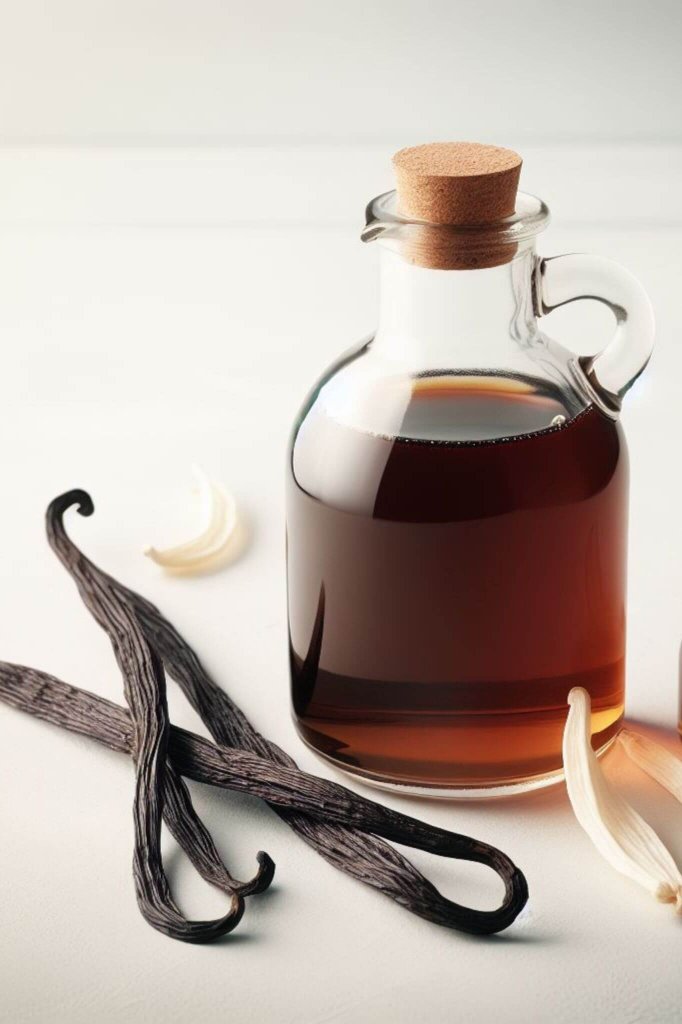
Lime or Lemon Zest as a Pandan Leaf substitute
Lemon or lime zest is the outermost, colorful part of the citrus fruit’s peel, containing essential oils that carry a bright and zesty flavor. Use the zest to add a burst of citrus aroma and taste to various dishes. While lemon or lime zest doesn’t mimic the specific qualities of pandanus leaves, it can be a refreshing substitute, particularly when you want to introduce a citrusy element to your recipes.
First of all decide whether you want to use lemon or lime zest based on your preference and the nature of your dish. Lemon zest tends to be a bit sweeter, while lime zest is more tart.
Use a zester, microplane, or the fine side of a grater to remove the outermost layer of the citrus fruit’s peel. Be cautious not to include the bitter white pith, as this can impart an unpleasant bitterness to your dish.
Start with a small amount of zest and gradually add more, tasting as you go. The intensity of the citrus flavor can vary from fruit to fruit.
Add the zest to your dish, typically during the final stages of cooking or just before serving. It works really well in both sweet and savory recipes.
If pandanus leaves are providing sweetness or a distinct floral note in your dish, you may need to adjust other ingredients to balance the flavors. For sweetness, consider adding a touch of sugar or a sweetener.
And finally lemon zest tends to lighten the color of your dish, whereas pandanus leaves might add a green hue. Keep this in mind if the visual appeal of your recipe is essential.
Lemon or lime zest can bring a vibrant and refreshing citrus note to your dishes, making it a lovely substitute when pandanus leaves are unavailable. Experiment, taste, and adapt to achieve the desired flavor.
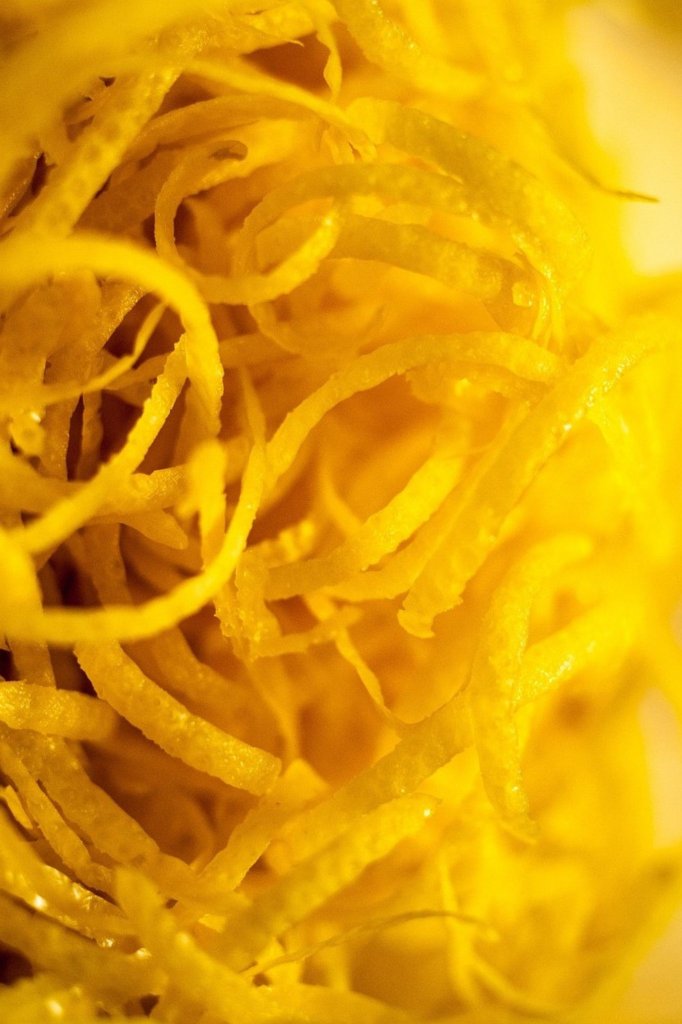
Coconut Milk as Pandan Leaves substitute
Coconut milk is a creamy, rich liquid made by grating the flesh of mature coconuts and extracting the liquid. It’s a versatile ingredient widely used in various cuisines, especially in Southeast Asian cooking. While it won’t replicate the unique flavor of pandanus leaves, you can use coconut milk as a substitute in recipes where pandanus is used in combination with coconut for added sweetness and creaminess.
Coconut milk is an excellent substitute in recipes where you need to enhance the coconut flavor and also add sweetness, such as in curries, desserts, and rice dishes.
Depending on your recipe, use the appropriate amount of coconut milk to achieve the desired creaminess and sweetness. You may need to adjust other ingredients, such as sugar, to balance the flavors.
Add the coconut milk to your recipe as you normally would when using pandanus leaves. Stir it in during cooking to let it infuse the dish with its rich coconut essence.
After adding the coconut milk, taste your dish to ensure the sweetness and creaminess meet your expectations. Adjust by adding more coconut milk or other flavor-balancing ingredients if needed.
Coconut milk can affect the color of your dish, typically lightening it, while pandanus leaves might contribute a green hue. Keep this in mind if the appearance of your dish is important.
Coconut milk adds a delightful creaminess and sweetness to your dishes, and it’s a great substitute when pandanus leaves are unavailable. Experiment with it in your recipes, and you’ll still achieve a delicious and coconut-infused outcome.
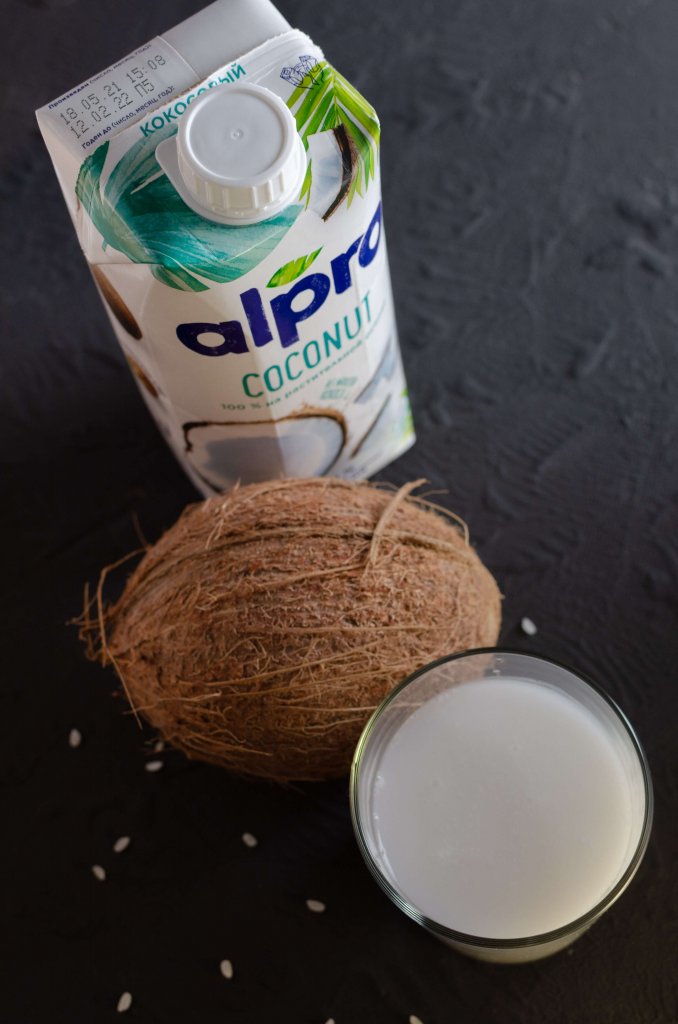
Rosewater as a Pandan Leaf substitute
Rosewater is a fragrant liquid made by steeping rose petals in water. It’s commonly used in cooking and baking to impart a delicate and floral aroma and flavor to dishes. While rosewater has a distinct taste and aroma that differs from pandanus leaves, it can be used successfully as a substitute when you want to add a unique floral note to your recipes.
Carefully consider the specific role of pandanus leaves in your dish. If you use it for it’s floral aroma and sweet undertones, it can be an excellent substitute.
Rosewater is potent, so you’ll only need a small amount. Start with just a few drops and adjust to taste. Adding too much can overwhelm the dish with a strong rose flavor.
Add the rosewater to your recipe where you would have used pandanus leaves. This is often in desserts, beverages, or sweet rice dishes.
While rosewater can replicate the floral aspect, it won’t provide the complexity of pandanus flavor. Consider adding a touch of vanilla extract or other spices, depending on the dish, to enhance the overall taste.
Add the rosewater, and then taste your dish to make sure the flavor is balanced. You can always add more if needed.
Keep in mind that rosewater doesn’t affect the color significantly, unlike pandanus leaves, which might add a green hue.
Using rosewater as a substitute can bring a delightful floral note to your dishes, making it a unique and creative choice.

Kaffir Lime Leaves as a Pandan Leaf substitute
Kaffir lime leaves are aromatic leaves from the kaffir lime tree, commonly used in Southeast Asian cuisine. They have a citrusy, slightly floral, and earthy flavor, which can work as a substitute for pandanus leaves in some dishes.
Kaffir lime leaves can be a suitable replacement when pandanus leaves are used for their aromatic qualities and citrusy notes.
To use kaffir lime leaves, you typically need to bruise or tear them to release their flavors. You should also remove the central rib, which can be tough and bitter.
Start with a small amount of kaffir lime leaves, usually just a few torn leaves. Adjust the quantity based on your taste preferences and the specific dish.
Add the torn kaffir lime leaves to your recipe where you would have used pandanus leaves. They work well in curries, soups, and some rice dishes.
After adding the kaffir lime leaves always taste your dish to ensure the flavors are balanced. You might need to add a little more or remove them if the taste becomes too strong.
Remember that kaffir lime leaves won’t provide the same green color as pandanus leaves.
Kaffir lime leaves can impart a unique citrusy and aromatic flavor to your dishes, making them a good alternative for pandanus leaves, particularly in Southeast Asian recipes.
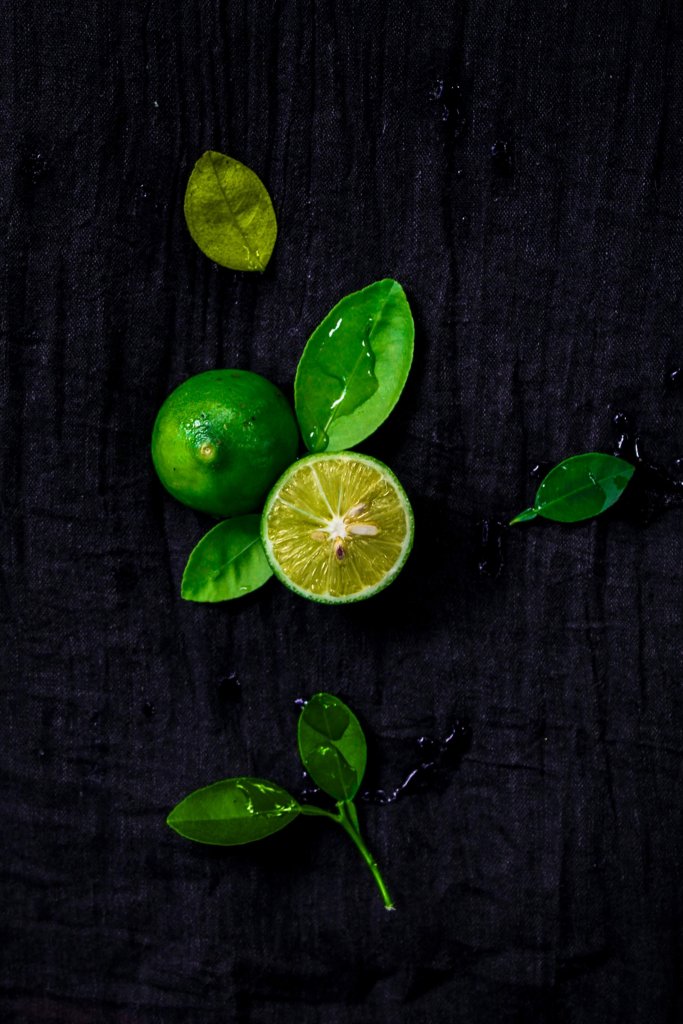
Jasmine Flower as Pandan Leaves substitute
Jasmine flowers are small, white, or yellow blossoms known for their sweet and fragrant aroma. They are often used to infuse beverages and desserts with a delightful floral scent. While jasmine flowers have a different flavor profile compared to pandanus leaves, they can serve as a substitute in recipes where pandanus leaves are used for their sweet and floral notes.
Consider how pandanus leaves are used in your dish. If they are primarily for their sweet and floral aroma, then jasmine flowers can be a great replacement.
Jasmine flowers may not be readily available but have a look for them in specialty stores or online. All you need to do is steep them in liquid to extract their flavor.
Start with a small amount of dried jasmine flowers, typically a teaspoon or so. Adjust the quantity based on your taste preferences and the specific dish.
To use jasmine flowers, steep them in a warm liquid, such as milk, water, or a syrup, depending on the recipe. Let them infuse for a few minutes to release their fragrance.
Add the infused liquid to your recipe where you would have used pandanus leaves. This works well in beverages, desserts, and sweet rice dishes.
After incorporating the jasmine flower-infused liquid, taste your dish to ensure the flavor is to your liking. You can always add more or less for the desired strength.
Keep in mind that jasmine flowers won’t affect the color of your dish, whereas pandanus leaves might contribute a green hue. Consider this if the appearance of your recipe is important.
Using dried jasmine flowers can bring a beautiful floral essence to your dishes, creating a delightful and unique substitute for pandanus leaves.
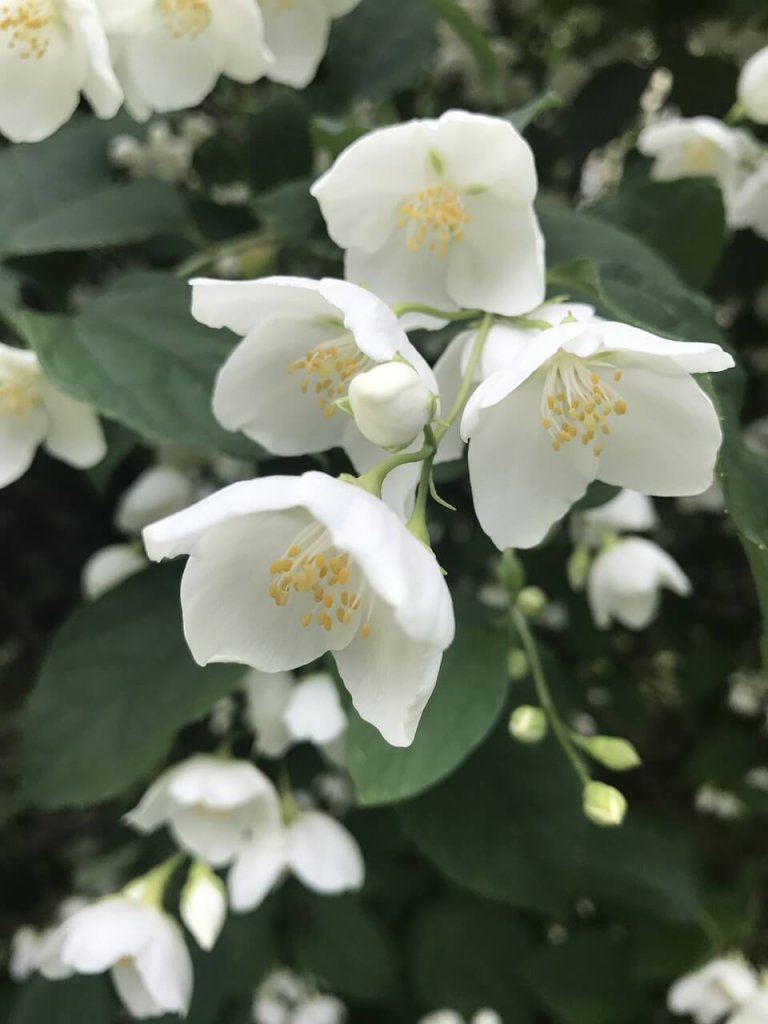
Cardamon Pods as a Pandan Leaves substitute
Cardamom pods are aromatic seeds from the cardamom plant. They have a warm, slightly sweet, and spicy flavor and are commonly used in both sweet and savory dishes. While cardamom doesn’t replicate the exact qualities of pandanus leaves, it can serve as a substitute in recipes where pandanus is used to add a fragrant and exotic twist.
Consider how pandanus leaves are used in your dish. If they contribute a fragrant element with a hint of sweetness, cardamom pods can work as a replacement.
To use cardamom pods, you’ll need to crush or grind them to release their seeds. You can do this with a mortar and pestle or a spice grinder.
Always start with a small amount of crushed cardamom seeds, such as 1/4 to 1/2 teaspoon, depending on your taste and the specific dish.
Add the crushed cardamom seeds to your recipe where you would have used pandanus leaves. This is particularly suitable for savory dishes, curries, and rice preparations.
After adding the cardamom seeds, taste your dish to ensure the flavor is balanced. You can add more if needed, but be cautious, as cardamom can be quite strong.
Keep in mind that cardamom won’t affect the color of your dish, whereas pandanus leaves might add a green hue. If the appearance is essential, consider other adjustments.
Cardamom pods can bring a warm and exotic twist to your dishes, making them a creative substitute for pandanus leaves, especially in savory recipes.
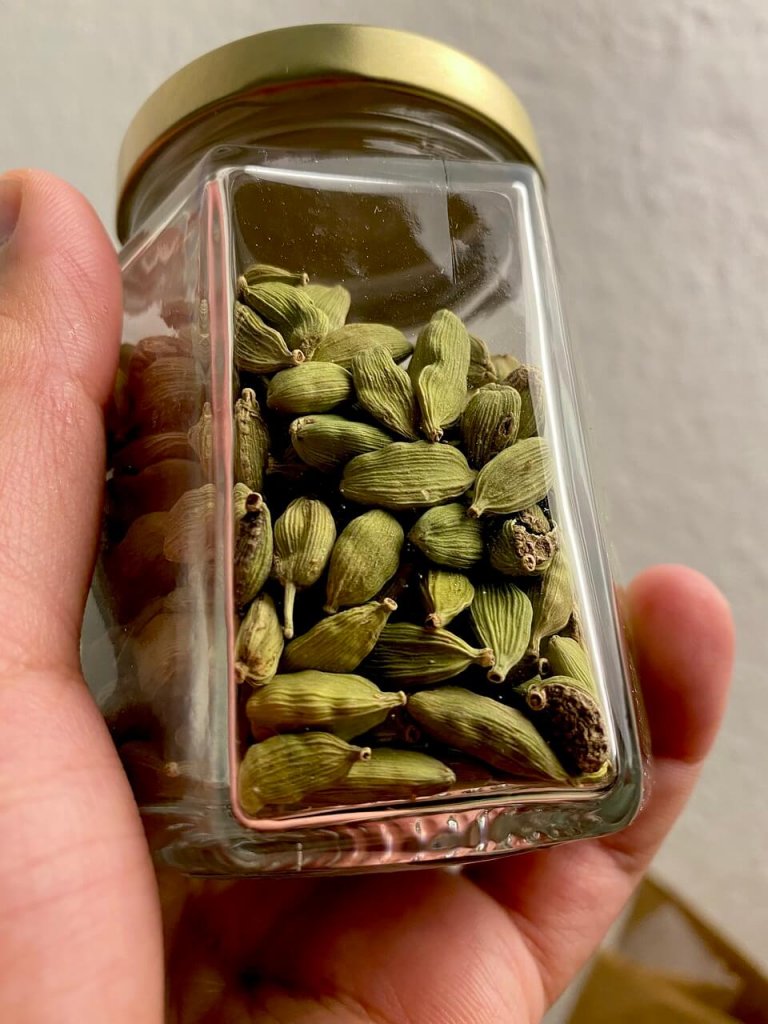
FAQs
What are other uses of pandan leaves?
You can actually use Pandan leaves in some really clever non-culinary ways:
- Natural Air Freshener: Their sweet, grassy aroma makes them perfect for freshening up your home. Just tie a bunch together and hang it in your closet or kitchen for a natural scent boost.
- Insect Repellent: Pandan leaves can help keep bugs at bay. You can place a few leaves in your pantry or under the bed to ward off creepy crawlies.
- Crafty Decor: They’re great for weaving into decorative items like baskets, mats, or even little trinket boxes. Their vibrant green color adds a lovely touch to any DIY project.
- Hair Care: In some cultures, pandan leaves are used in hair treatments. Boil the leaves and use the infused water as a rinse for shiny, fragrant hair.
- Traditional Medicine: They’ve been used in traditional remedies to help with headaches, arthritis, and even as a mild laxative.
So, now you know, pandan leaves aren’t justfor cooking; they’re pretty versatile around the house too!
What does Pandan do to your body?
Pandan does some pretty neat things for your body. It’s not just about the flavor. Here are a few benefits:
- Digestive Aid: Pandan can help with digestion, soothing the stomach and reducing bloating.
- Headache Relief: Traditionally, pandan is used to alleviate pain, like headaches and arthritis. For headaches you can make a simple tea by boiling the leaves, leave to cool slightly, and then drink the liquid.
- Pain Relief: You can use Pandan leaves to make a topical treatment. Just crush the leaves and apply the paste directly to the affected area. Alternatively you can boil the leaves in water and then use the liquid as a soak to help reduce inflammation and relive pain.
- Blood Sugar Control: Some studies suggest it may help lower blood sugar levels, which is great news for managing diabetes.
- Detoxifying: It’s believed to have detoxifying properties, helping to cleanse the liver and body.
- Skin and Hair Health: Pandan water is sometimes used as a rinse for shiny hair and healthy skin.
So, pandan isn’t just a tasty addition to your dishes; it’s like a little green powerhouse for your health! Always check with your health provider before use.
Summary for Pandanus Leaf substitutes
Okay – that’s you all sorted with suitable substitutes for Pandan Leaves.
We hope there is something on the list that you will be able to use as a substitute – here’s q uick recap:
- Pandan Extract: This is your best bet for capturing that pandanus flavor. It’s a concentrated form of pandanus leaf extract, so you won’t need much. Start with a small amount and adjust to taste.
- Lemongrass: While not identical, lemongrass can provide a fresh and citrusy note that works well in some dishes. Bruise the lemongrass stalk to release its flavors.
- Vanilla Extract: For sweet recipes, like desserts, a touch of vanilla extract can mimic some of the sweet notes of pandanus.
- Lime or Lemon Zest: If it’s the citrusy aspect you’re after, zest from lime or lemon can add a similar zing to your dishes.
- Coconut Milk: In recipes where pandanus is used with coconut, you can enhance the coconut flavor to compensate for the absence of pandanus.
- Rosewater: If you’re going for a sweet and floral note in your dishes, rosewater can be a unique substitute. It has a delicate, rosy aroma that can add a distinct touch to your recipes.
- Kaffir Lime Leaves: While different in flavor from pandanus, kaffir lime leaves can impart a citrusy and slightly herbal essence. They are often used in Southeast Asian cuisine.
- Jasmine Flower: For a floral aroma, jasmine flowers can be a lovely addition, especially in desserts and teas.
- Cardamom Pods: In some recipes, cardamom can provide a fragrant and exotic twist, which might not replicate pandanus but can still enhance your dishes.
We have gathered together a lot more facts on ingredients such as herbs, spices, oils, nuts, etc. if you would like to learn some more.
Or if you need to swap out another ingredient have a look at our Substitutes section.
Table of Contents
- What are the best Pandanus Leaf substitutes?
- What is Pandanus Leaf?
- Where can I buy Pandanus Leaf?
- What can I substitute for Pandan Leaves?
- Pandanus Leaf substitutes
- Pandan Extract
- Lemongrass as Pandan Leaves substitute
- Vanilla Extract as Pandan Leaves substitute
- Lime or Lemon Zest as a Pandan Leaf substitute
- Coconut Milk as Pandan Leaves substitute
- Rosewater as a Pandan Leaf substitute
- Kaffir Lime Leaves as a Pandan Leaf substitute
- Jasmine Flower as Pandan Leaves substitute
- Cardamon Pods as a Pandan Leaves substitute
- FAQs
- Summary for Pandanus Leaf substitutes

